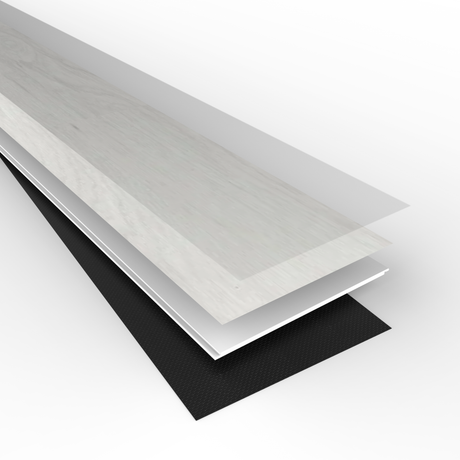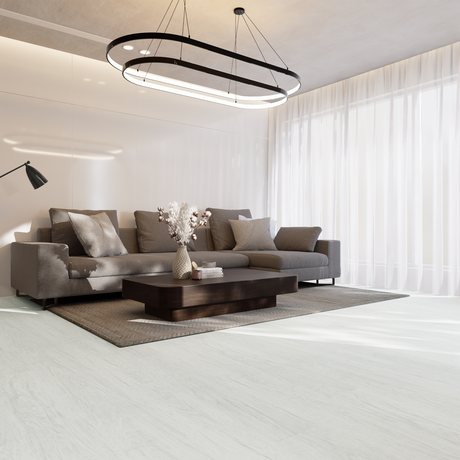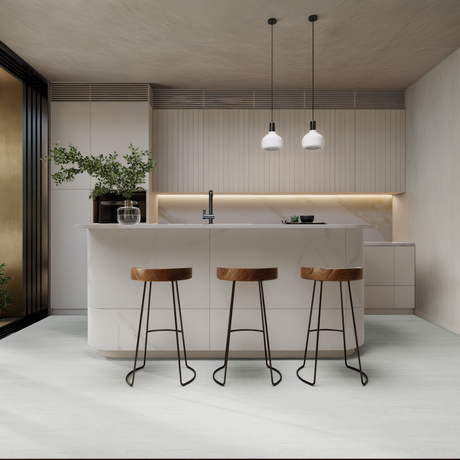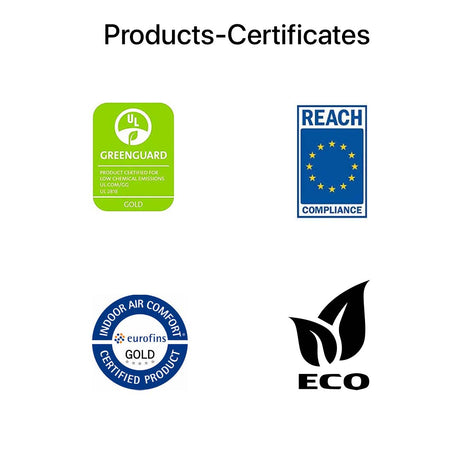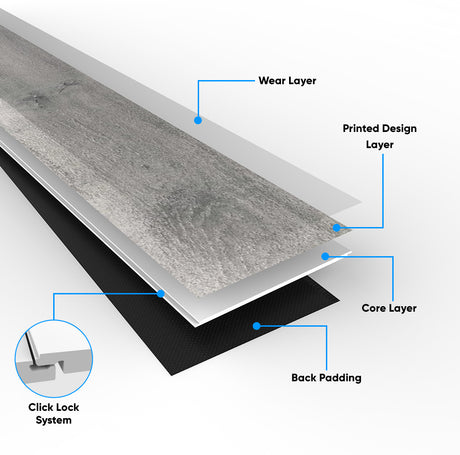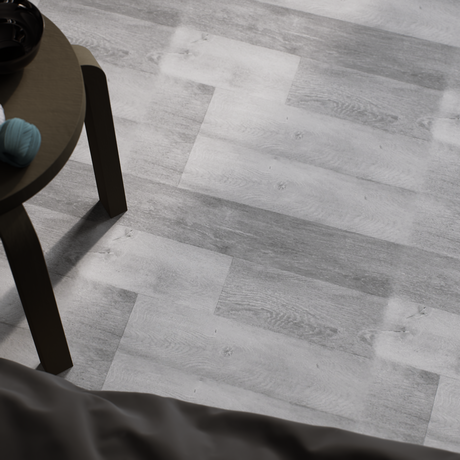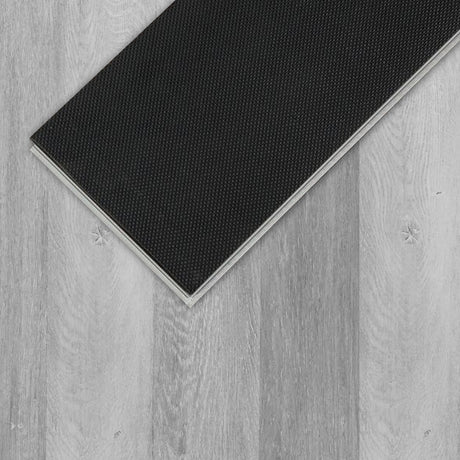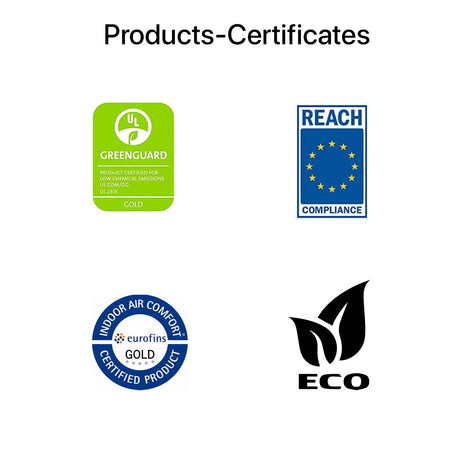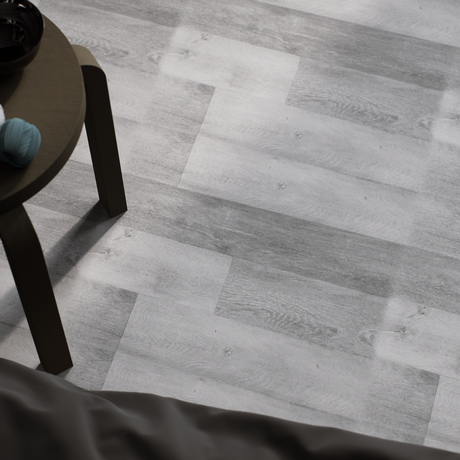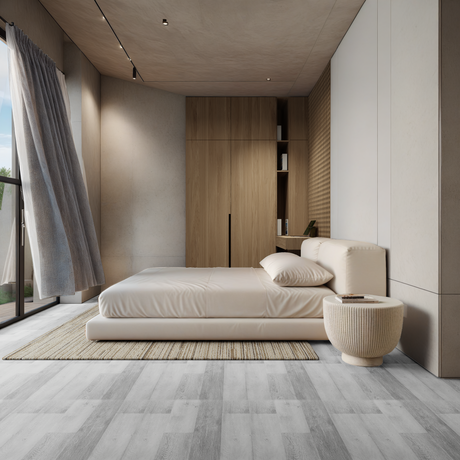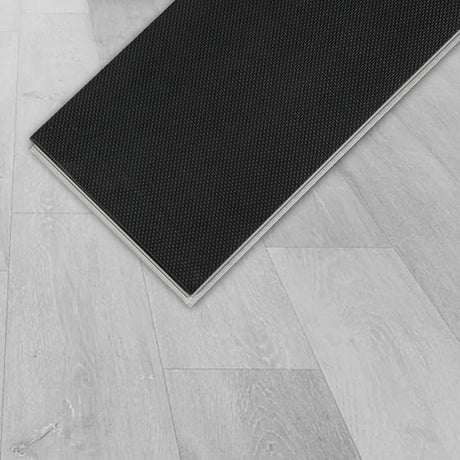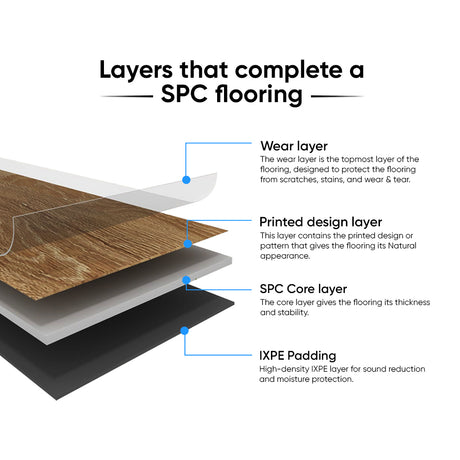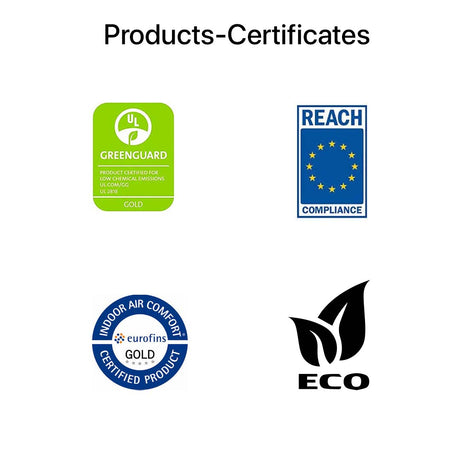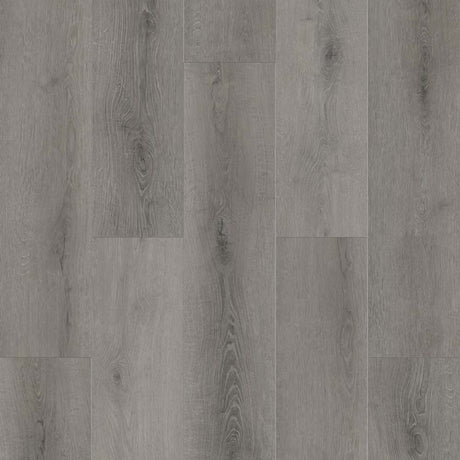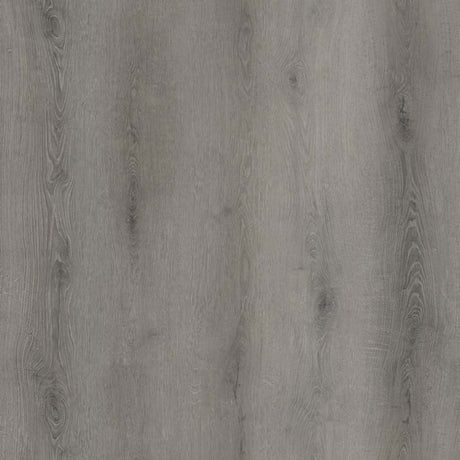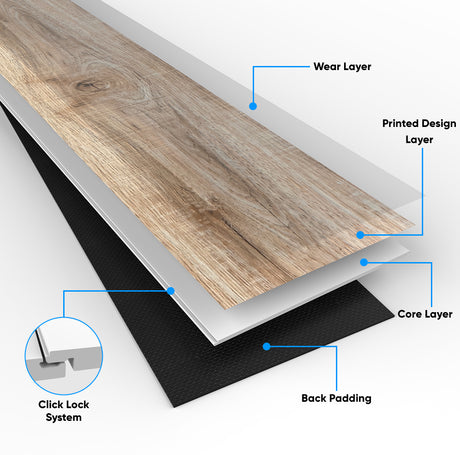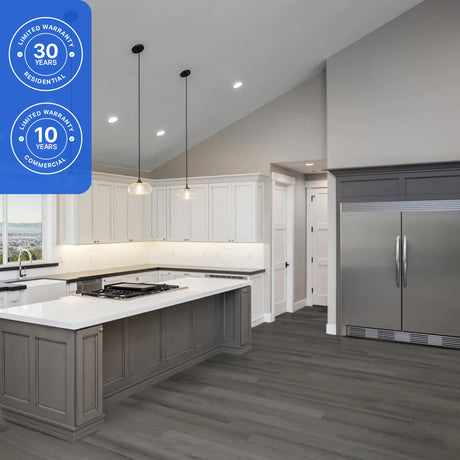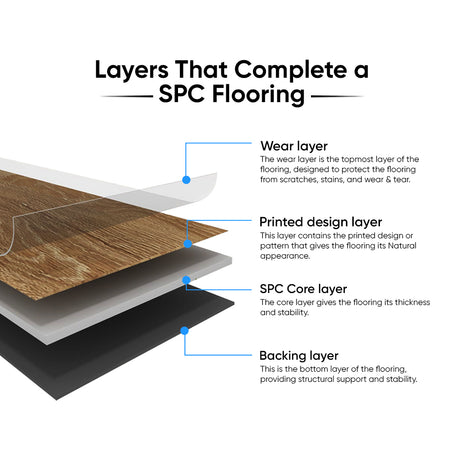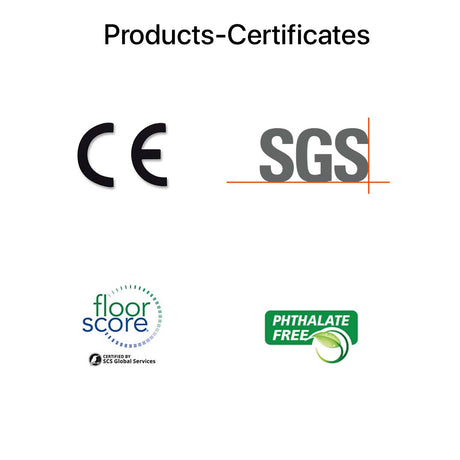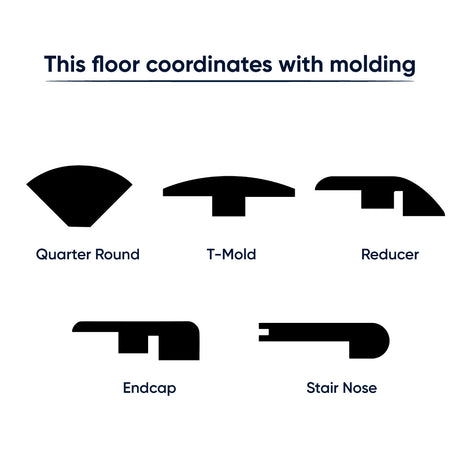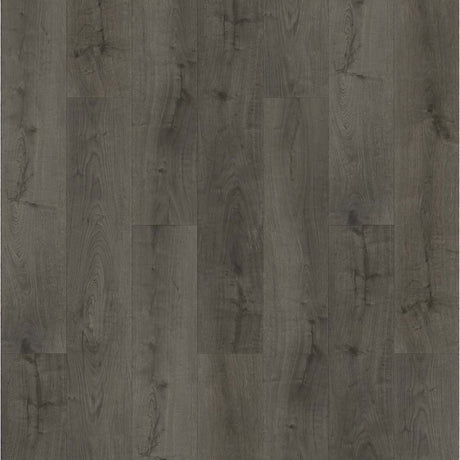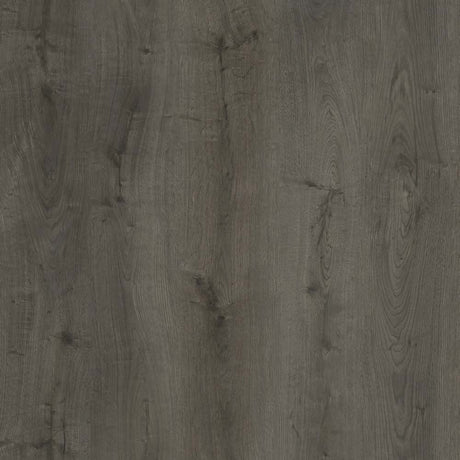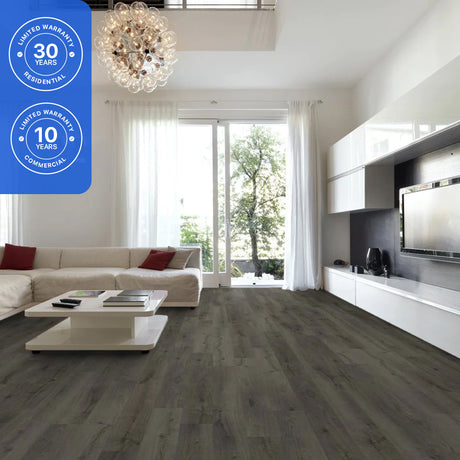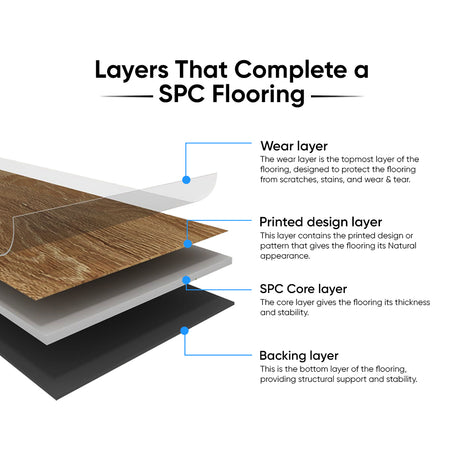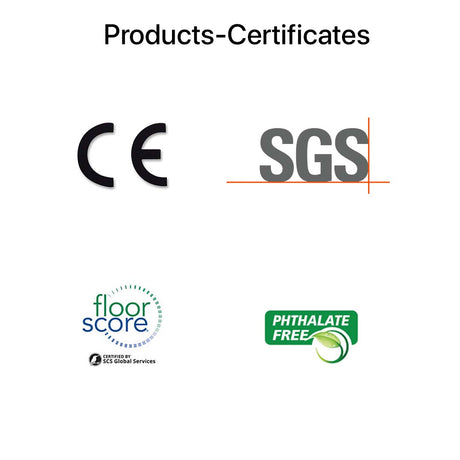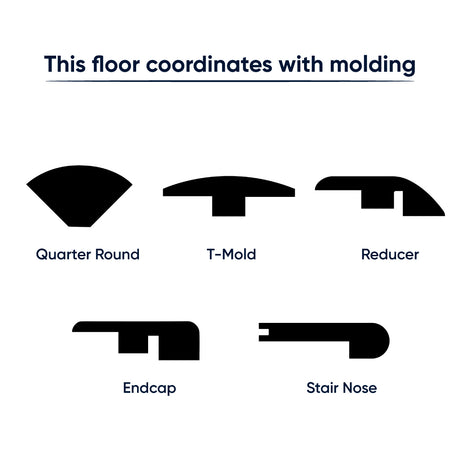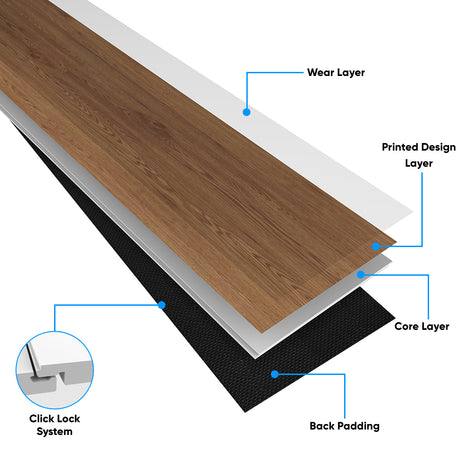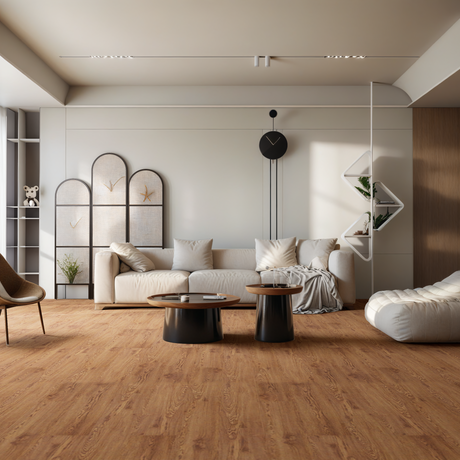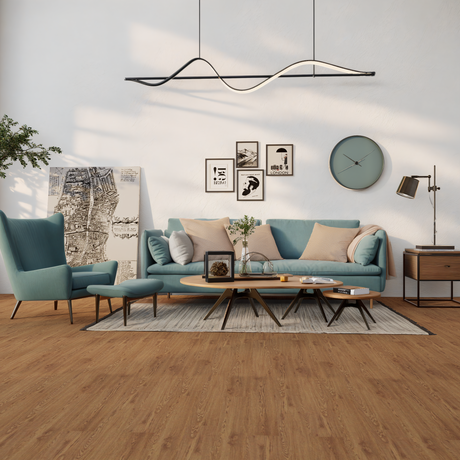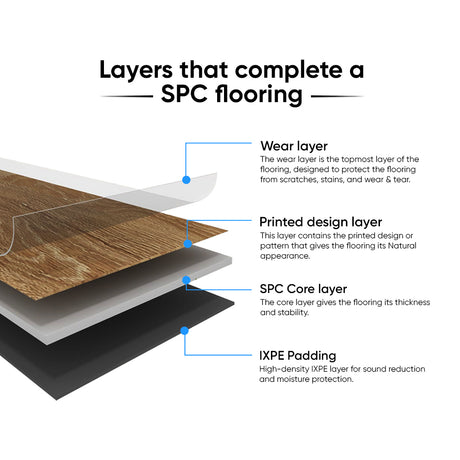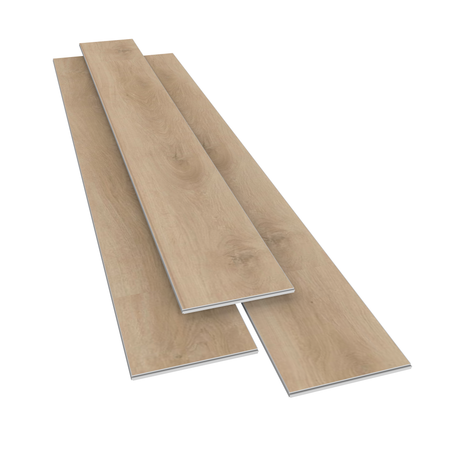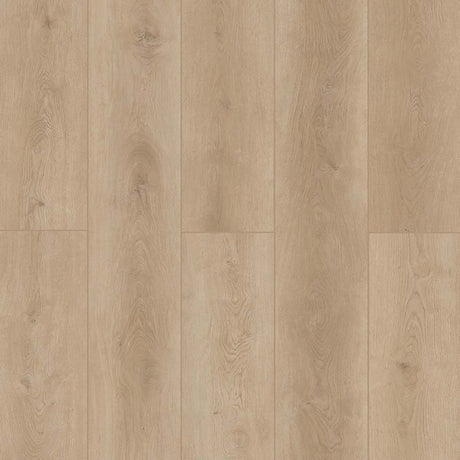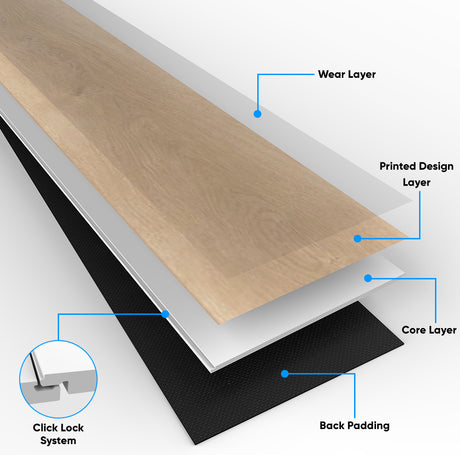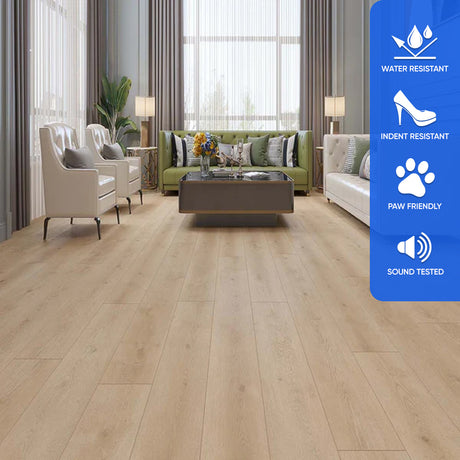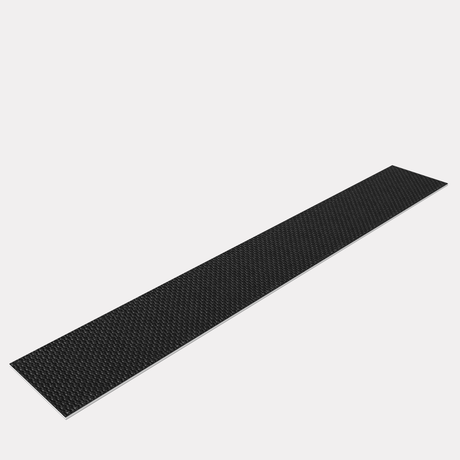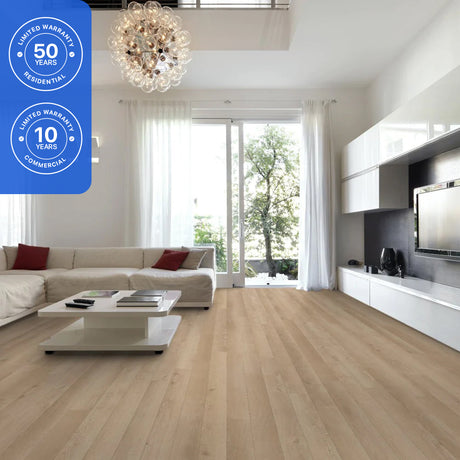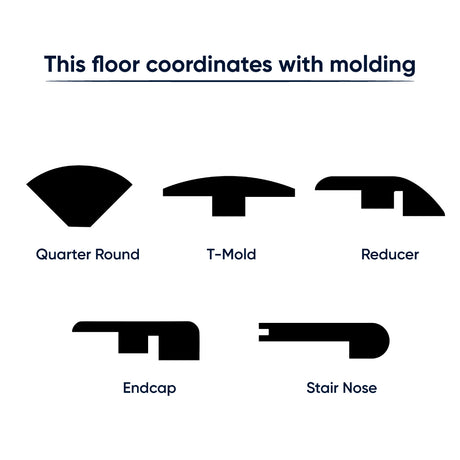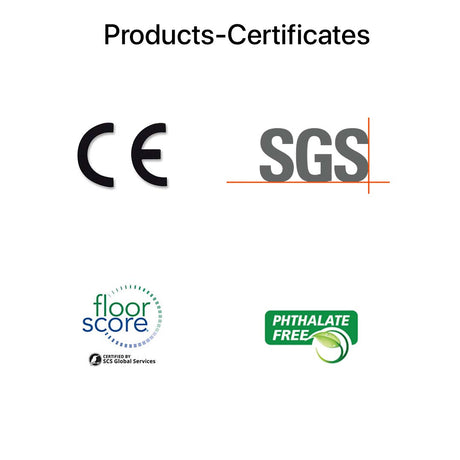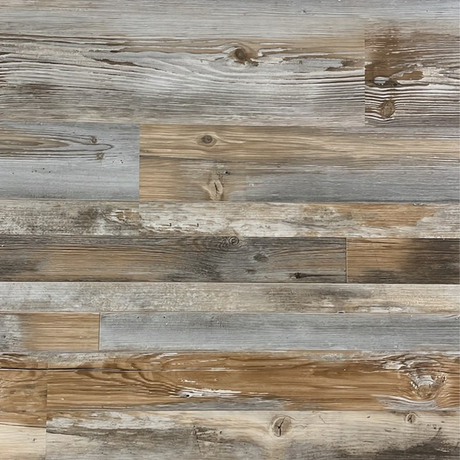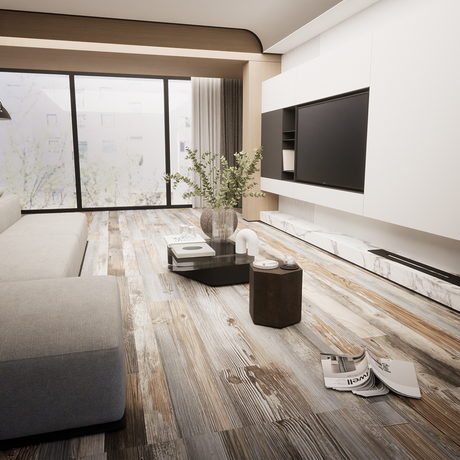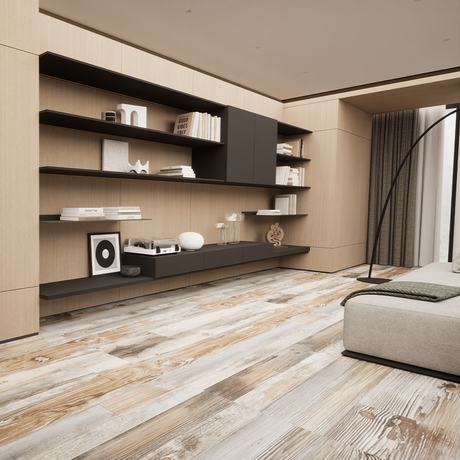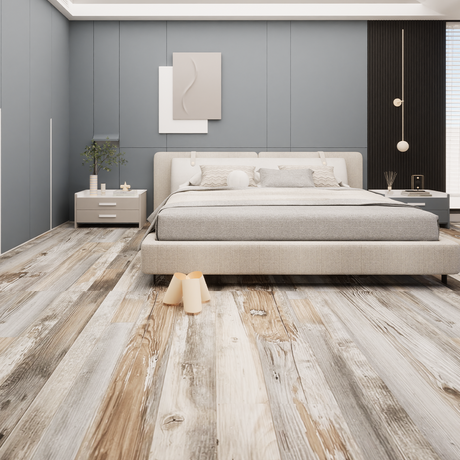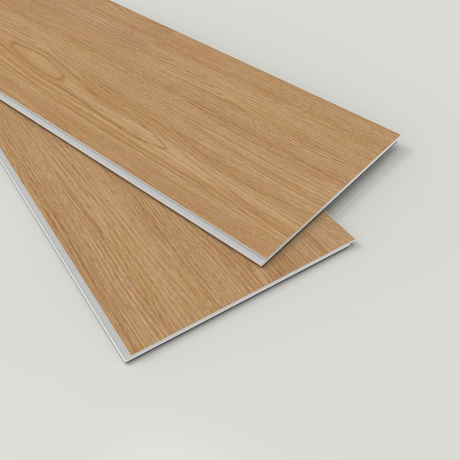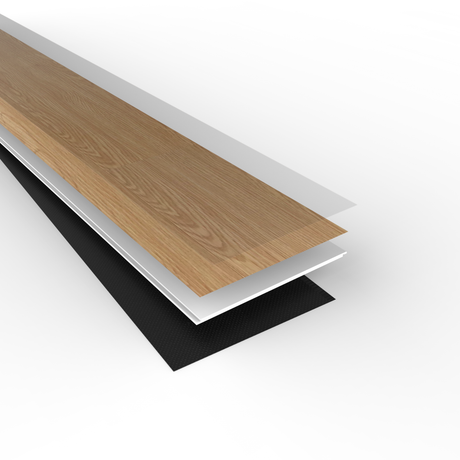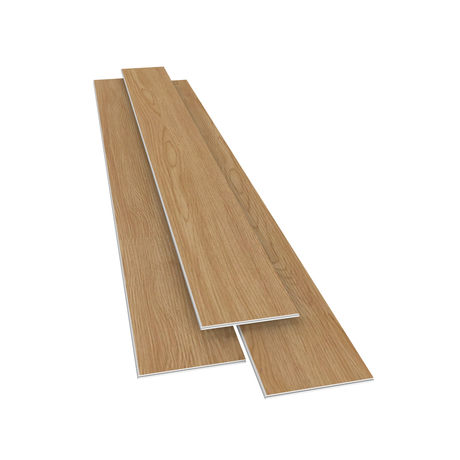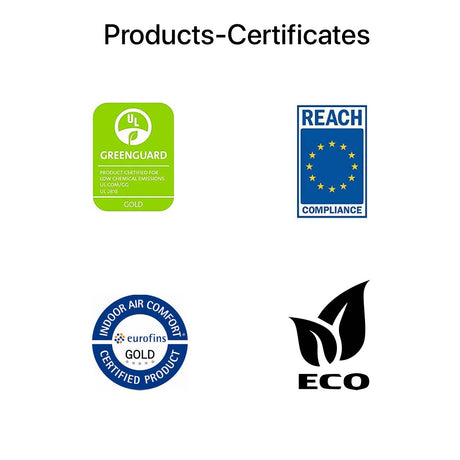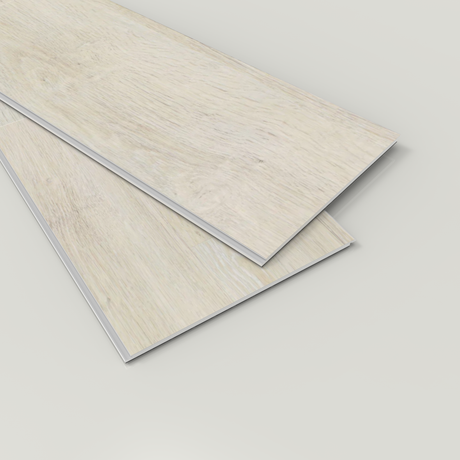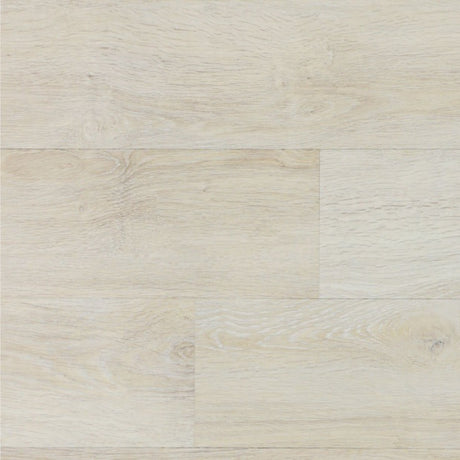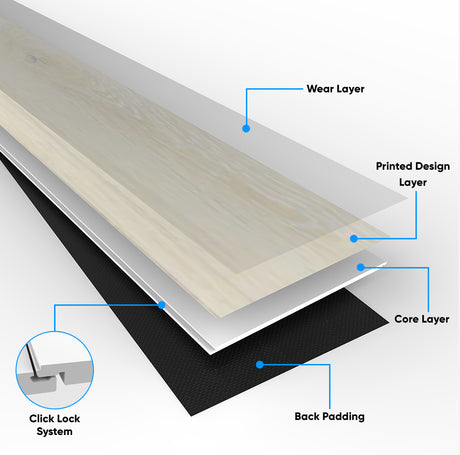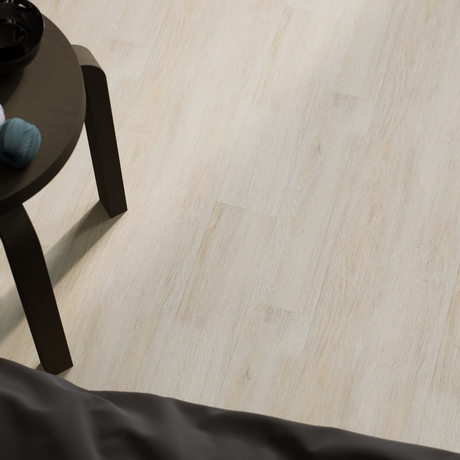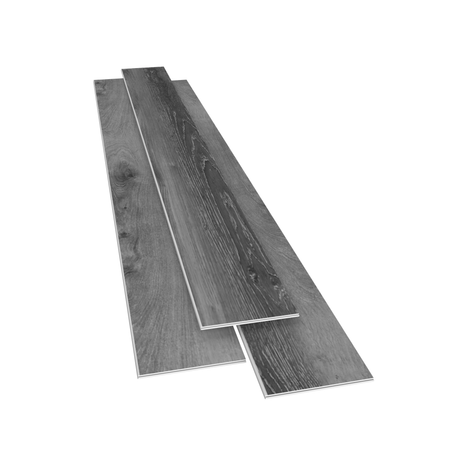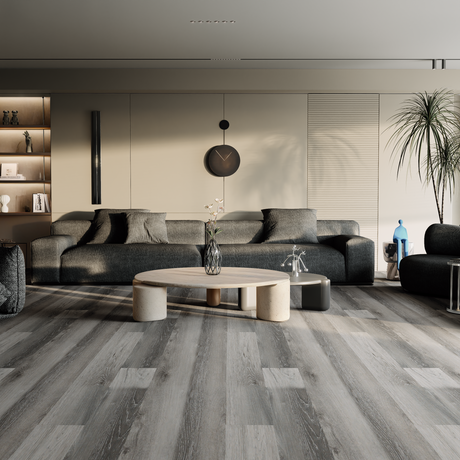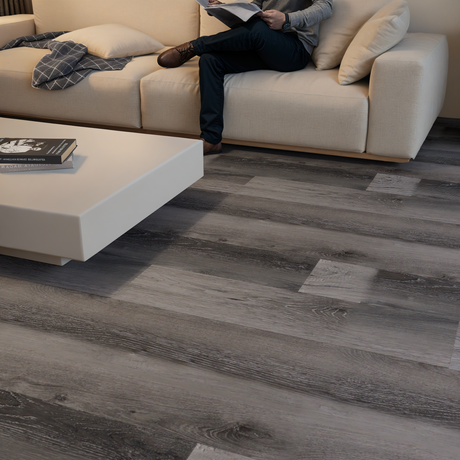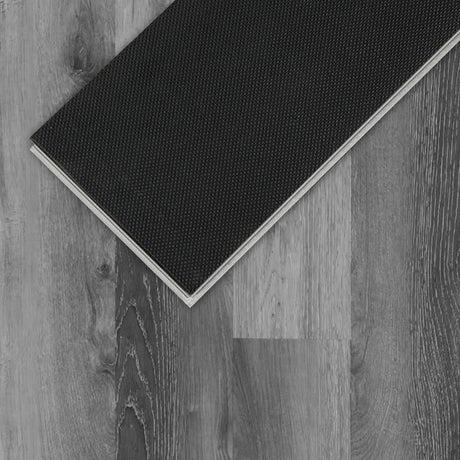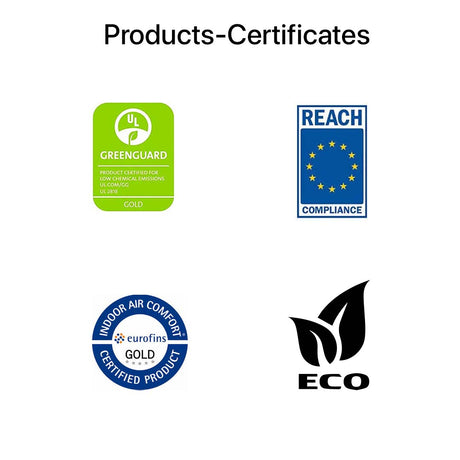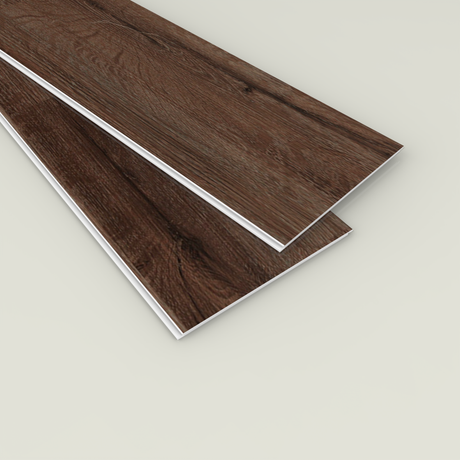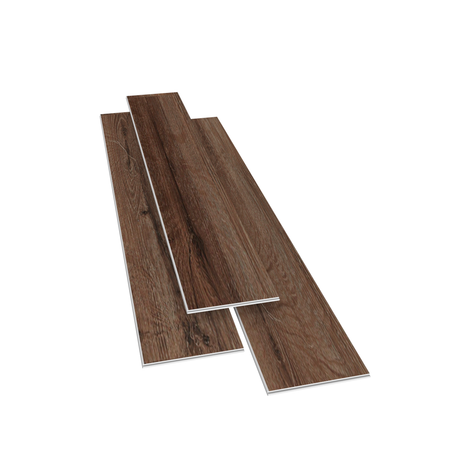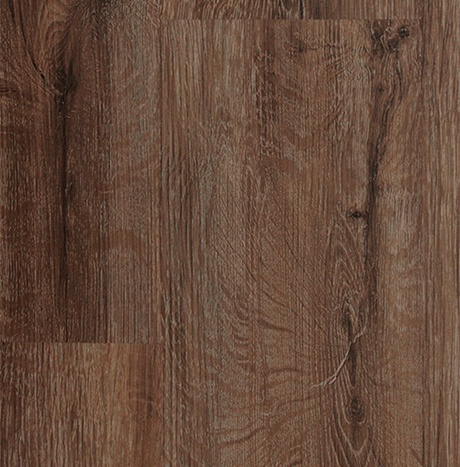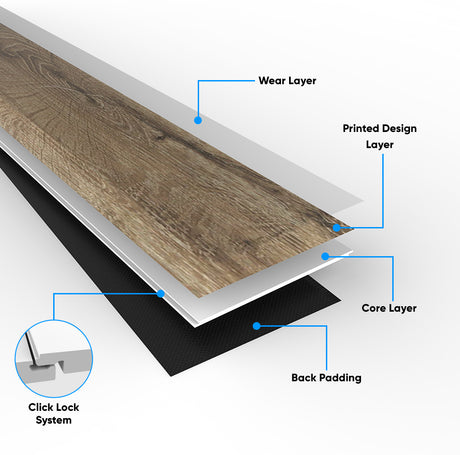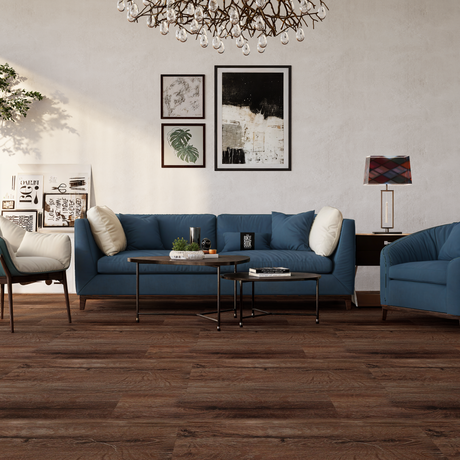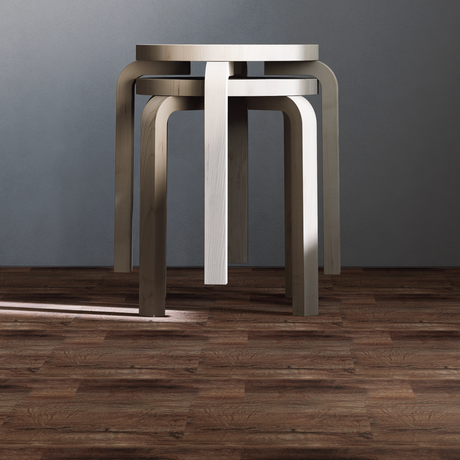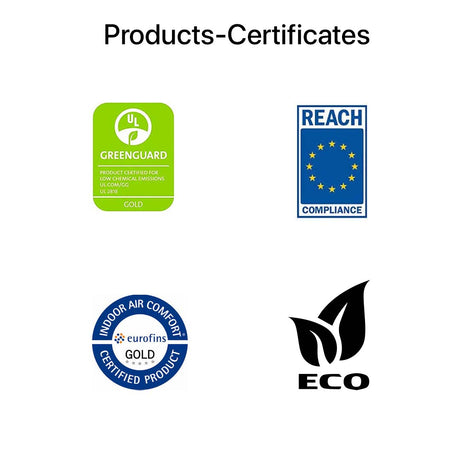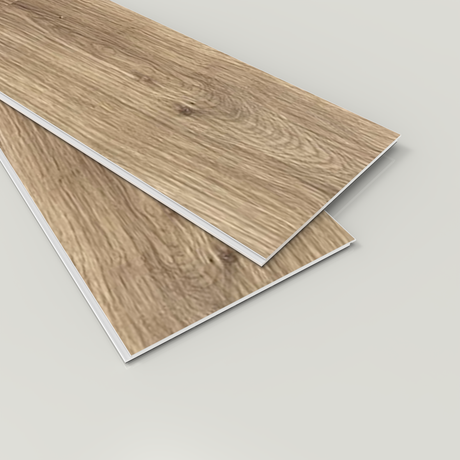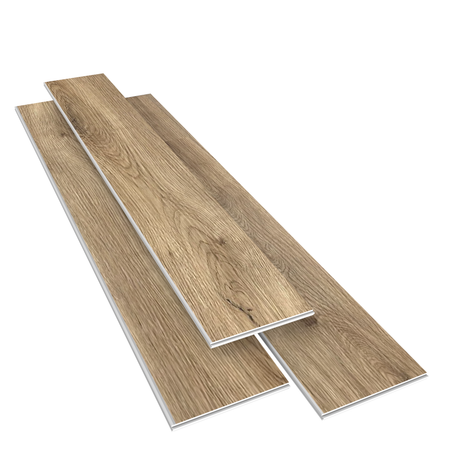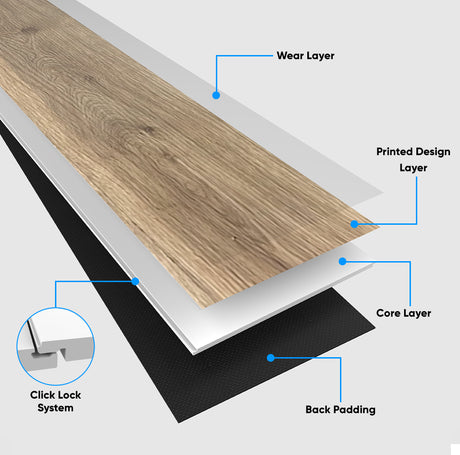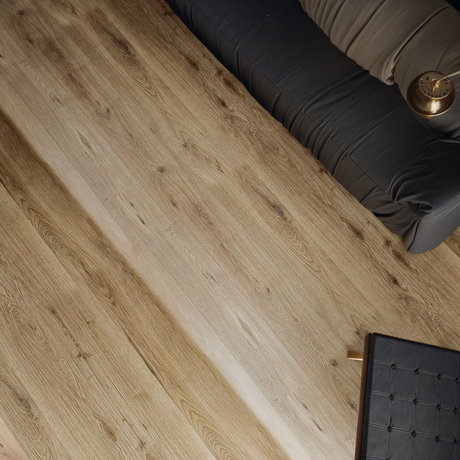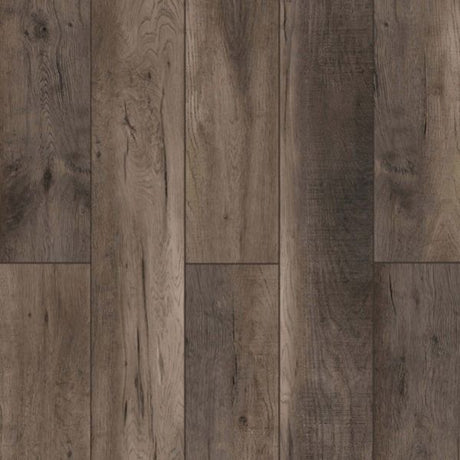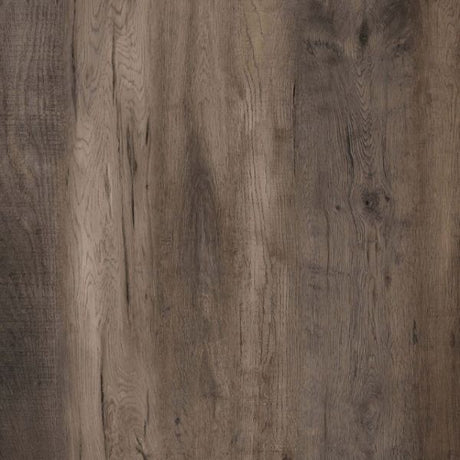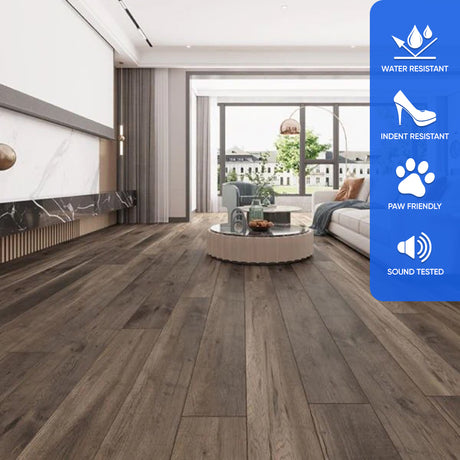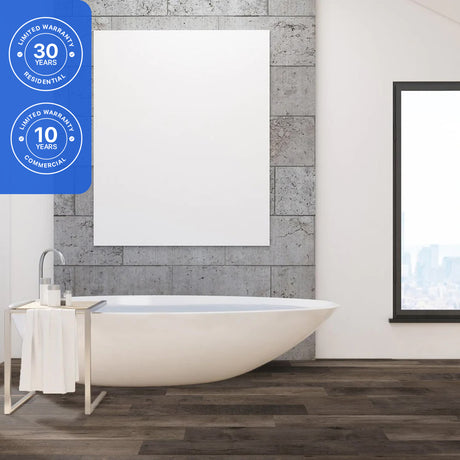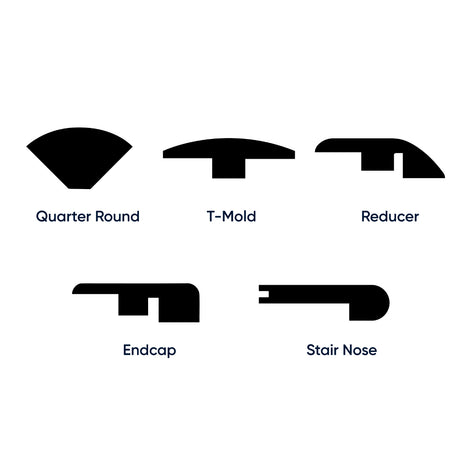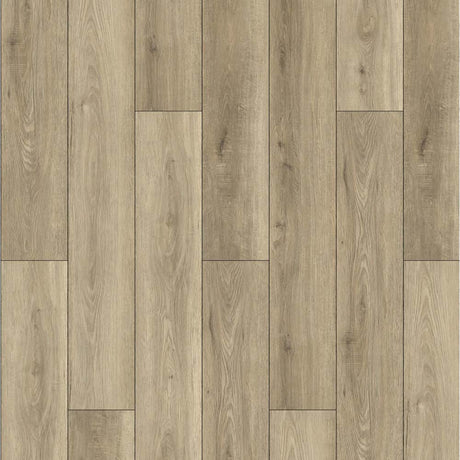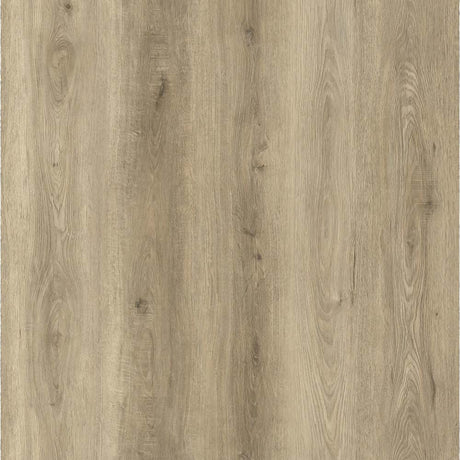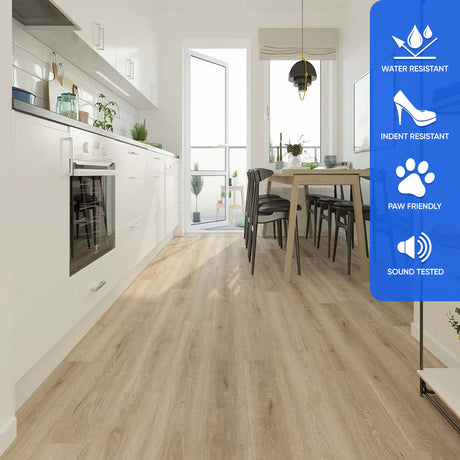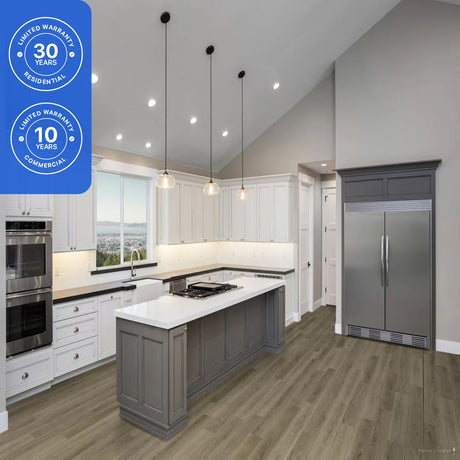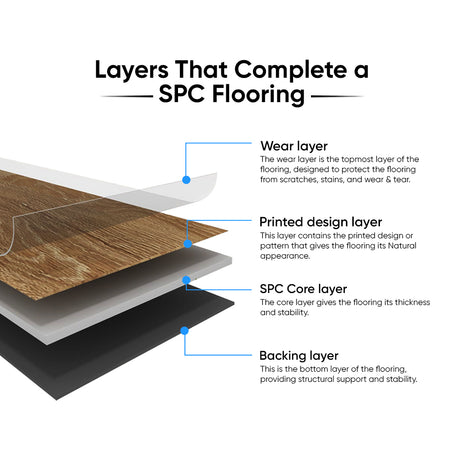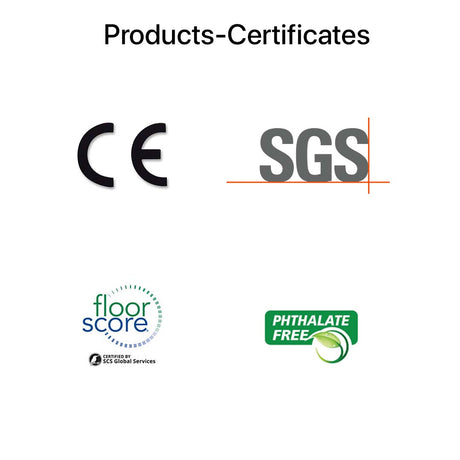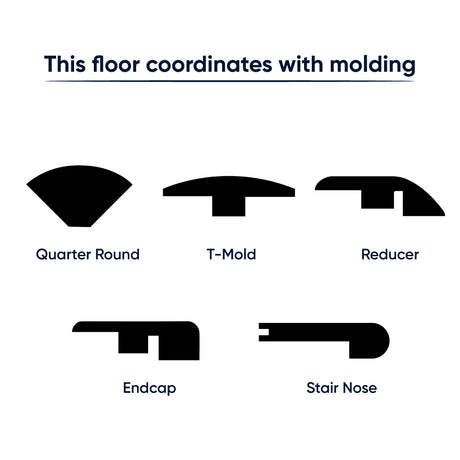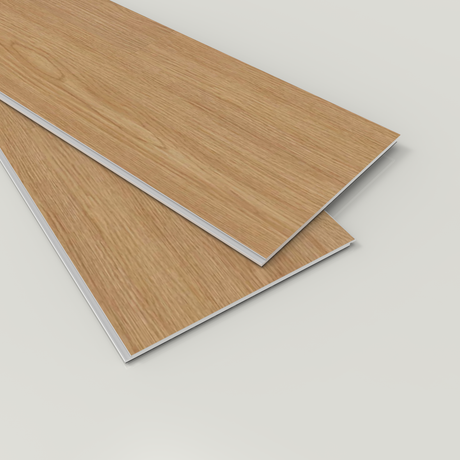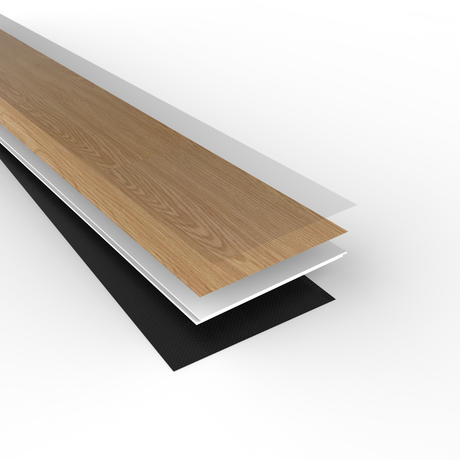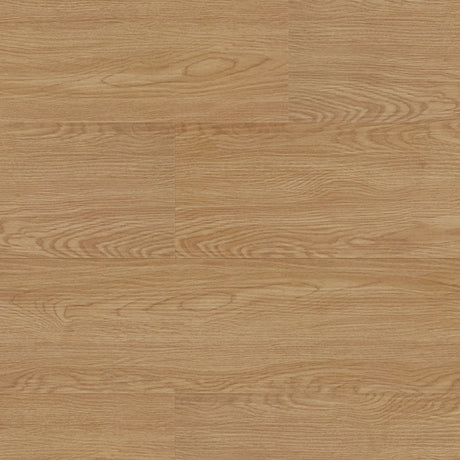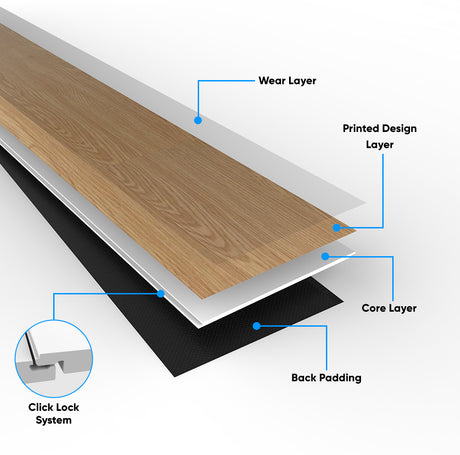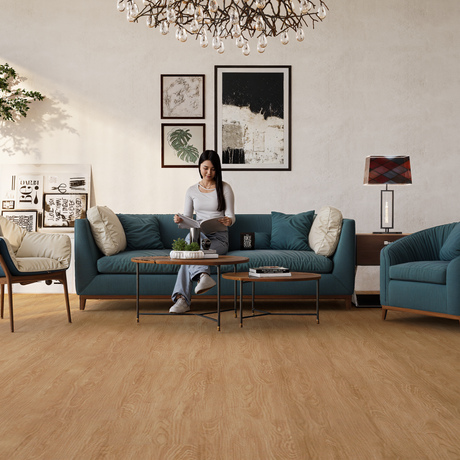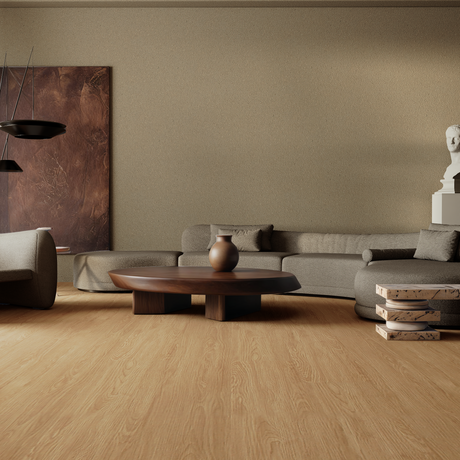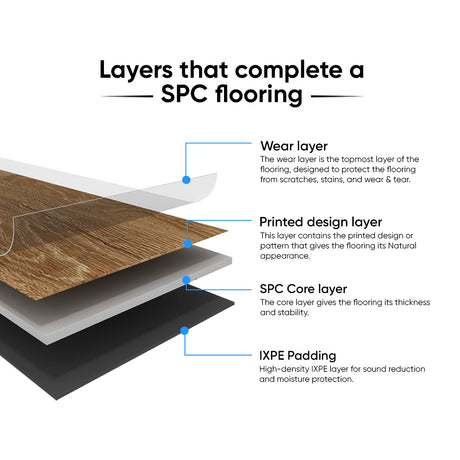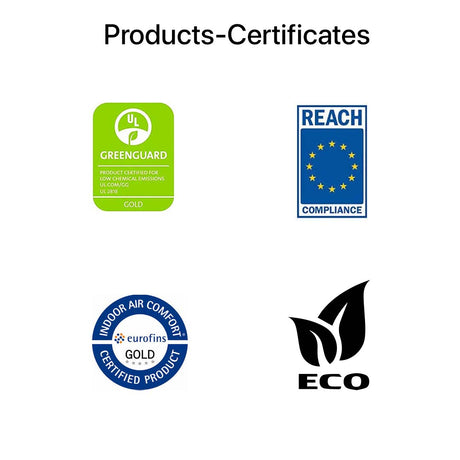- Up to 45% off
- Up to 38% off
- Up to 39% off
- Up to 50% off
- Up to 50% off
- Up to 45% off
- Sold outUp to 47% off
- Up to 42% off
- Up to 45% off
- Up to 45% off
- Up to 38% off
- Up to 33% off
- Up to 50% off
- Up to 50% off
- Up to 38% off
The Best Vinyl Flooring for Your Home
Why is flooring overwhelming in choice? Simply put, luxury vinyl flooring is something to choose from in terms of durability, style, and affordability. This best vinyl flooring collection will help you have an enhanced space in your home. From vinyl plank flooring to luxury vinyl floors, they all cater to different tastes.
What is Vinyl Flooring?
Vinyl flooring is a synthetic product that consists of layers that can give a strong, versatile floor surface for homes and commercial buildings. It is designed to provide a natural look and feel, similar to natural materials, such as hardwood and stone, with the practical benefits of water resistance and ease of cleaning. Vinyl floors come in a range of different forms, suited to different needs and beauty.
Types of Vinyl Flooring
Luxury Vinyl Tile (LVT):
It comes in a natural stone look, and in most cases, it imitates real texture and design. In a nutshell, LVT is made for the more premium kitchen and bathroom spectacles.
Vinyl Plank Flooring (LVP):
Wood flooring resembles, and with respect to color and finish, there are a wide variety of choices. Warm and inviting, many are opting for the LVP floor in living rooms and bedrooms.
Sheet Vinyl:
Commonly provided as a vast sheet that covers a complete area and gives lots of space without seams. It is mainly used in the kitchen and bathroom since seamless, waterproof surfaces are essential.
SPC (Stone Plastic Composite):
Offers superior durability with extraordinary water resistance; therefore, it can be used in high-moisture areas.
WPC (wood plastic composite):
Combines the richness of wood with increased comfort and warmth and can best be used for residential areas.
Why choose vinyl flooring?
Vinyl flooring is not a trend. It's one of the most practical options in modern homes, and here are a few reasons why you should consider it:
1. Toughness
This flooring is perfect for busy homes with pets and kids because it is made to endure high foot activity and is stain- and scratch-resistant.
2. Water Resistance
Certain vinyl floor alternatives are waterproof, making them perfect for basements, bathrooms, and kitchens. It keeps your home healthy and stops the growth of mold and mildew.
3. Range of Styles
This flooring has some fantastic designs, colors, and textures. Whether you like the hardwood appearance or style of tiles, there's vinyl that gives it a like feel. Options such as Aden Oak and Alabaster Oak warm up a space.
4. Comfort
This flooring provides a much softer feel underfoot than hardwood or tile. This is especially felt in areas where you will spend many hours standing, for example, the kitchen.
5. Easy to Install
Vinyl floors do not need a long and complicated installation process. In fact, many people install vinyl floors on their own without any professional assistance. For example, vinyl plank flooring is an easy and simple way to achieve beautifully looking flooring in a relatively short period of time.
6. Low Maintenance
Cleaning vinyl floors is rather easy. The only thing you would ever need to keep it in good condition is sweeping frequently and sometimes mopping. Such a low level of maintenance is just perfect for the busy life.
The BuildMyPlace Experience
Here's what you can expect when you shop with us:
-
Expert Advice: We are here to help you select the perfect flooring for your needs.
-
Quality Products: We use our materials only from reputable manufacturers to ensure strength as well as design.
-
Customer Support: We strive for customer satisfaction, ensuring that we will be there to guide you at each step of the process.
Choose BuildMyPlace
Flooring is fundamental to any home improvement program. Here is why BuildMyPlace should be your best destination:
1. Wide variety of options
We are proud of our vinyl floor. From traditional to trendy, we have it all.
2. Affordable Pricing
Quality needn't be expensive. We provide competitive pricing that helps you find the best vinyl floor for your money without compromising on quality.
3. Easy Online Shopping
Order online at your convenience by browsing our collection online. Our website is designed to make your shopping experience smooth and enjoyable.
4. On-time Delivery Guarantee
We ensure your order will arrive on time and in perfect condition. Your satisfaction is our top priority.
5. Eco-Friendly Options
Several of the products we provide happen to be eco-friendly. We work hard to deliver fashionable options that also help create a greener planet.
Best-selling Vinyl Flooring
Luxury Vinyl Flooring: High-end design with many conveniences
Vinyl Plank Flooring: Luxury hardwood for any décor.
Color Shadings: You can opt for any of the most preferred colors, like Ivory Coast Oak and Spanish Moss, which will go well with your theme for interior decoration.
Shop with Us
BuildMyPlace boasts an incredible variety of the best vinyl floors. Our products include:
-
Engineered Hardwood: Combining beauty with stability.
-
SPC (Stone Plastic Composite): More durability, water resistance.
-
WPC (wood plastic composite): Improved comfort and warmth underfoot.
-
Vinyl Flooring: Versatile and fashionable, suitable for any room.
Check out the color options that can perfectly match your home. Of course, we cannot list everything, but some of the colors are Barcelona and Mornington Oak, which are beautifully different.
Vinyl floors give a makeover to your home. Choose from designer planks to high-end designs and the options are endless. Do not hesitate to go through the collections at BuildMyPlace.
Frequently Asked Questions
Q. What are some benefits of vinyl flooring?
A. This flooring is long-lasting, resistant to moisture, and, at the same time, not difficult to maintain. Besides, the kind of styles that vinyl plank flooring comes in can be available in nearly any decor.
Q. How does vinyl plank flooring contrast to traditional hardwood?
A. Vinyl plank flooring is basically like hardwood but more resistant to moisture and wear and tear. However, vinyl plank flooring costs less, though it is easier to install.
Q. Is vinyl flooring suitable in high-traffic areas?
A. Yes, this flooring is designed to last long and has heavy-foot traffic capabilities, making it excellent for fast-paced households. It maintains its beauty for a long time due to its strength.
Q. Can I install the vinyl flooring?
A. Yes, you can! Most of this flooring has step-by-step guides on how to do it on your own. Professional installation is possible to make things even easier.
Q. How do I clean and take care of my vinyl flooring?
A. Even the toughest stains can be removed with a rough brush just by sweeping it and occasionally mopping with a mild cleaner. That's it-simple maintenance that keeps this flooring looking new.






